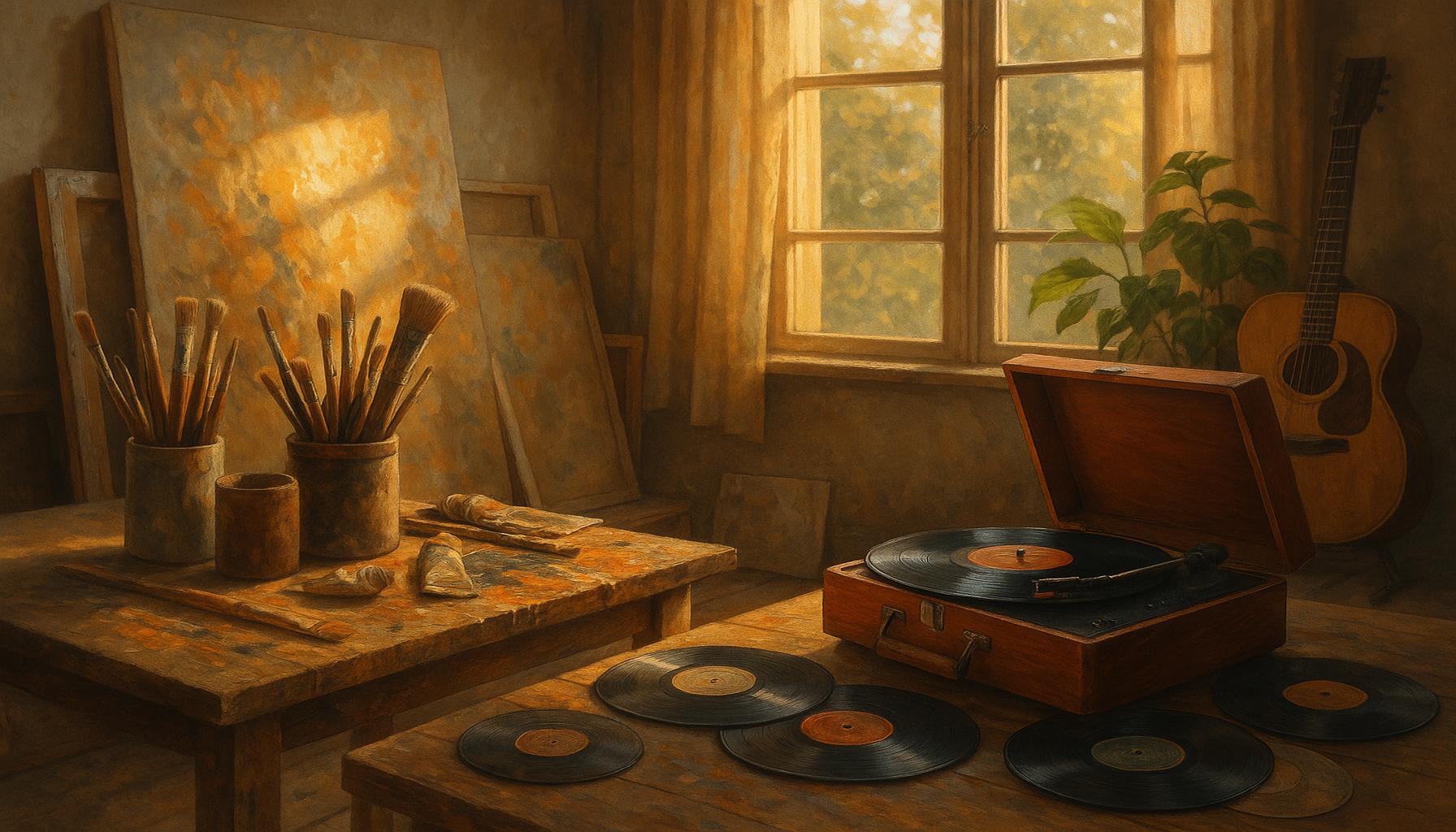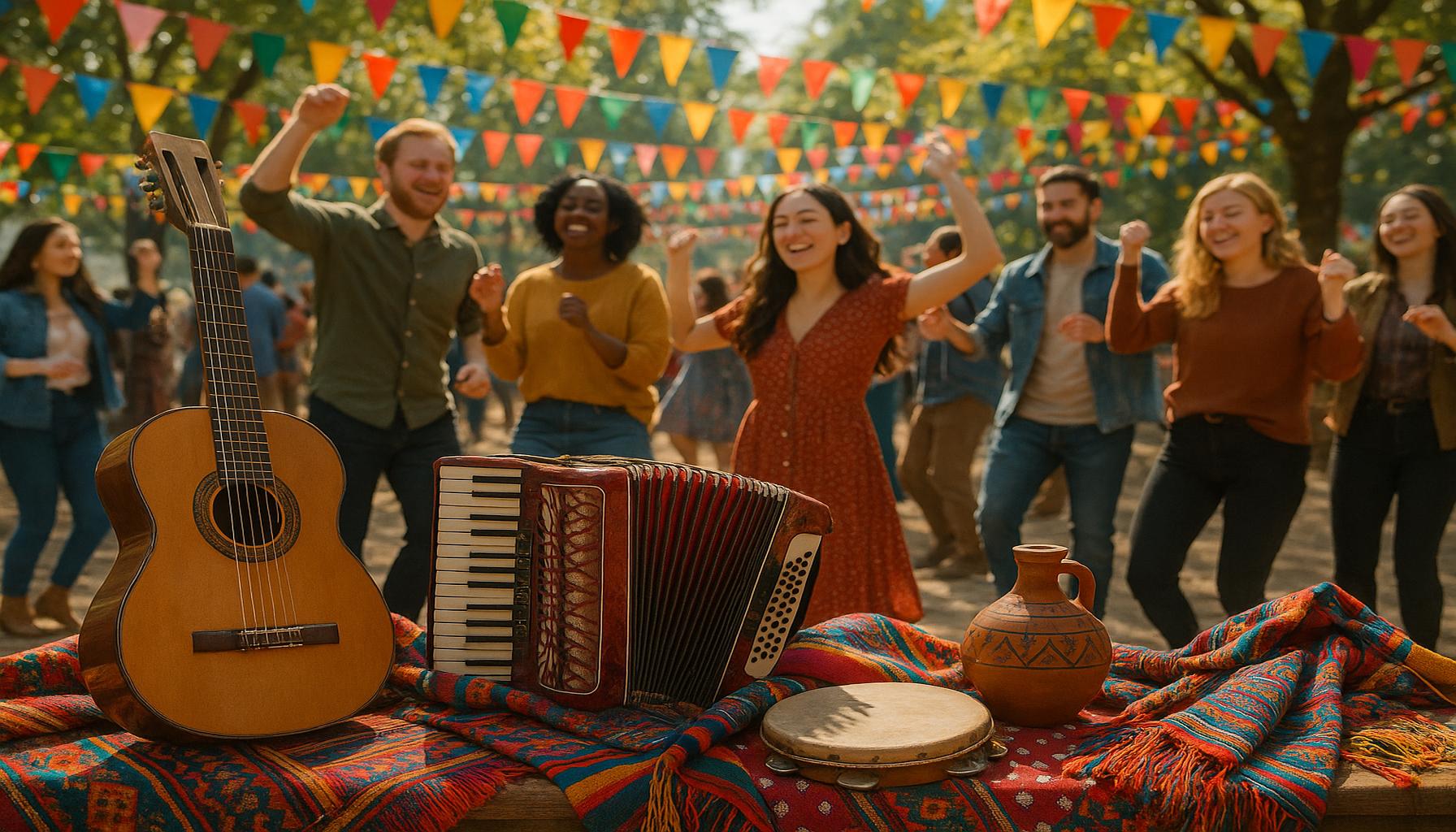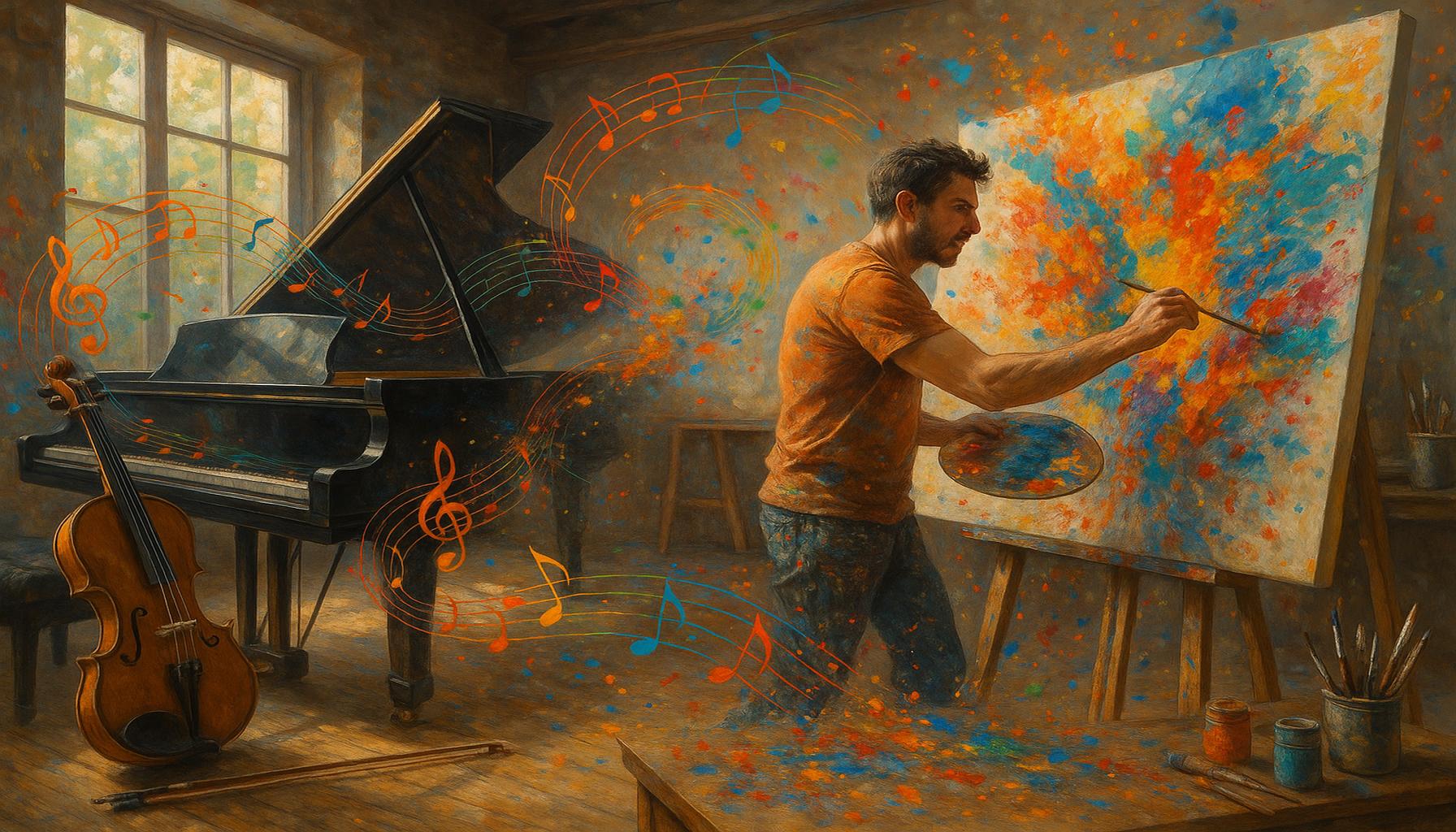The Evolution of Music as a Form of Creative Expression
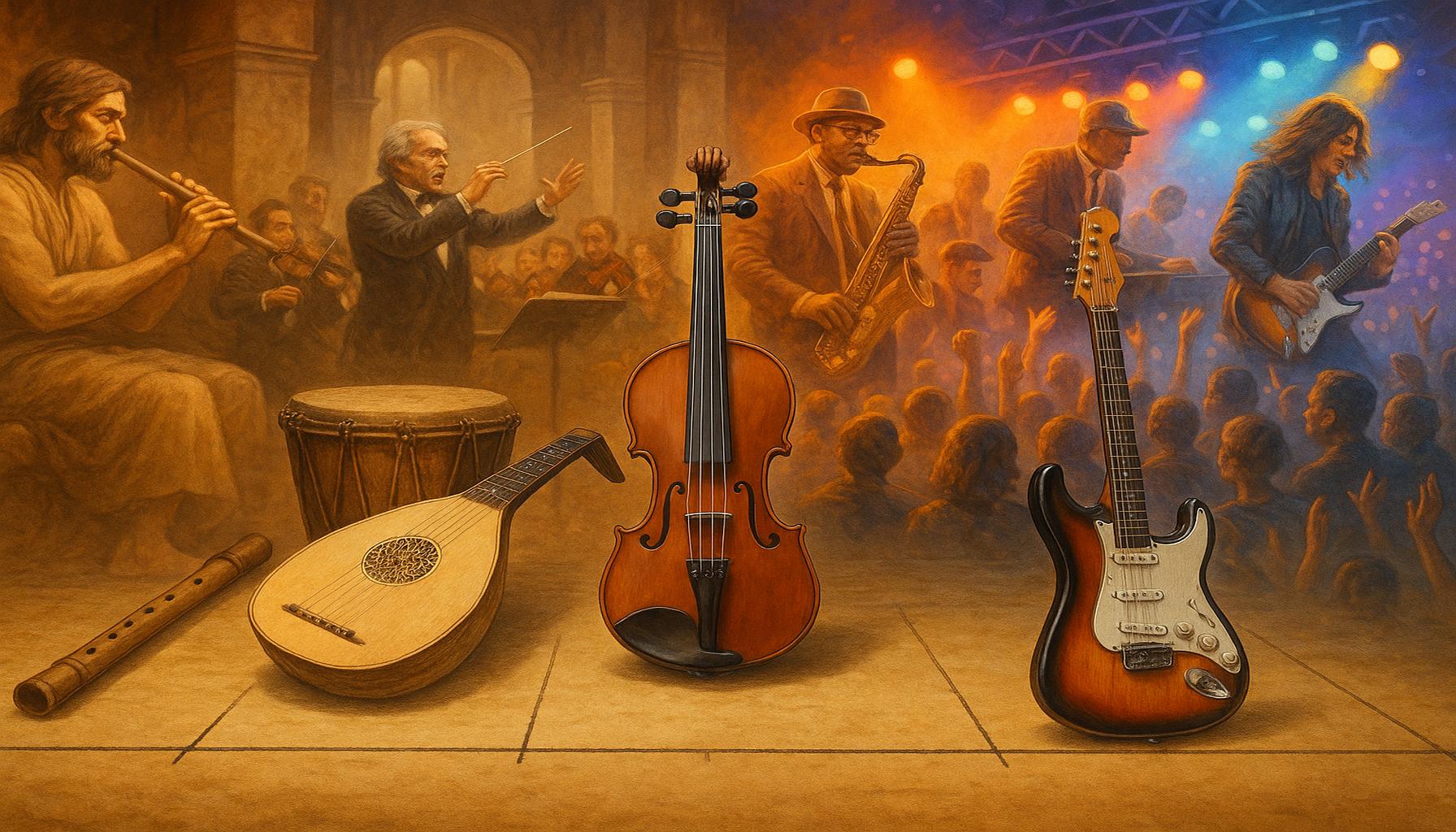
The Journey Through Sound
From ancient rituals to contemporary pop, music has been a fundamental aspect of human expression. Its ability to convey emotions and tell stories has allowed it to evolve remarkably over the millennia. Each generation and culture has contributed to this sonic tapestry, shaping the way we perceive and create music.
Key Phases in Music’s Evolution
- Traditional Forms: Folk songs and tribal rhythms serve as the bedrock of musical history. These early forms of music often included simple melodies and repetitive structures that reflected the daily lives, struggles, and celebrations of communities. For example, Native American chants and African drum circles used rhythmic patterns to narrate historical events and spiritual beliefs, creating a sense of belonging and identity among participants.
- Classical Development: The emergence of orchestras and operas redefined musical structure. From the elaborate compositions of Bach and Beethoven to the lyrical beauty of Mozart, classical music paved the way for structured musical forms. The 18th and 19th centuries marked a golden age of sonatas and symphonies, with composers using complex harmonies and innovative instruments to express multifaceted human emotions. Notably, the impact of the symphonic form can still be heard in films today, where orchestral scores amplify storytelling.
- Jazz and Blues: Born from African American experiences, these genres introduced improvisation and raw emotion. Emerging in the early 20th century, jazz revolutionized American music by allowing musicians to express their individuality in real time, exemplified by artists like Duke Ellington and Louis Armstrong. Similarly, blues music encapsulated the struggles and heartaches of life, with figures such as B.B. King and Howlin’ Wolf drawing deep emotional responses from their audiences. The legacy of these genres is profound, influencing countless modern styles and artists.
- Modern Genres: Rock, hip-hop, and electronic music have revolutionized soundscapes and lyrical themes. The 20th century saw the rise of rock ‘n’ roll, with icons such as Elvis Presley and The Beatles ushering in a new era of music consumption and youth culture. Hip-hop emerged in the late 1970s as a voice for marginalized communities, with artists like Grandmaster Flash and later Tupac Shakur using their platforms to address issues such as racial inequality and social justice. Meanwhile, electronic music has blurred the lines between artist and listener, creating immersive experiences through genres like techno and house.
This evolution reflects broader societal changes and challenges, documenting human experiences through sound. Today, music is not just an art form; it acts as a powerful tool for activism and personal expression, enriching lives across diverse communities in the United States. For instance, contemporary artists often harness their songs to advocate for social change, as seen in movements highlighted by artists like Beyoncé and Childish Gambino. Understanding how music has transformed over time paves the way for appreciating its continued role in shaping cultural identity and forging emotional connections across generations.
DISCOVER MORE: Click here to learn about the impact of technology on creativity
The Roots of Musical Expression
The journey of music as a form of creative expression can be traced back to the earliest human civilizations. At its core, music originates from the need to communicate emotions and experiences that words alone cannot convey. The use of traditional forms of music, such as folk songs and tribal chants, reflects the communal values and cultural identities ingrained in societies. In many Indigenous cultures across the United States, music serves as a method to honor nature, celebrate milestones, and pass down ancestral stories.
In the context of early American folk music, for instance, the blend of European musical traditions with African rhythms produced a unique sound that resonated deeply within local communities. Songs like “This Land Is Your Land” by Woody Guthrie not only celebrated the American landscape but also expressed social ideals and collective struggles. Traditional melodies, often accompanied by simple instruments like the banjo or the fiddle, were accessible to all, promoting unity and shared identity.
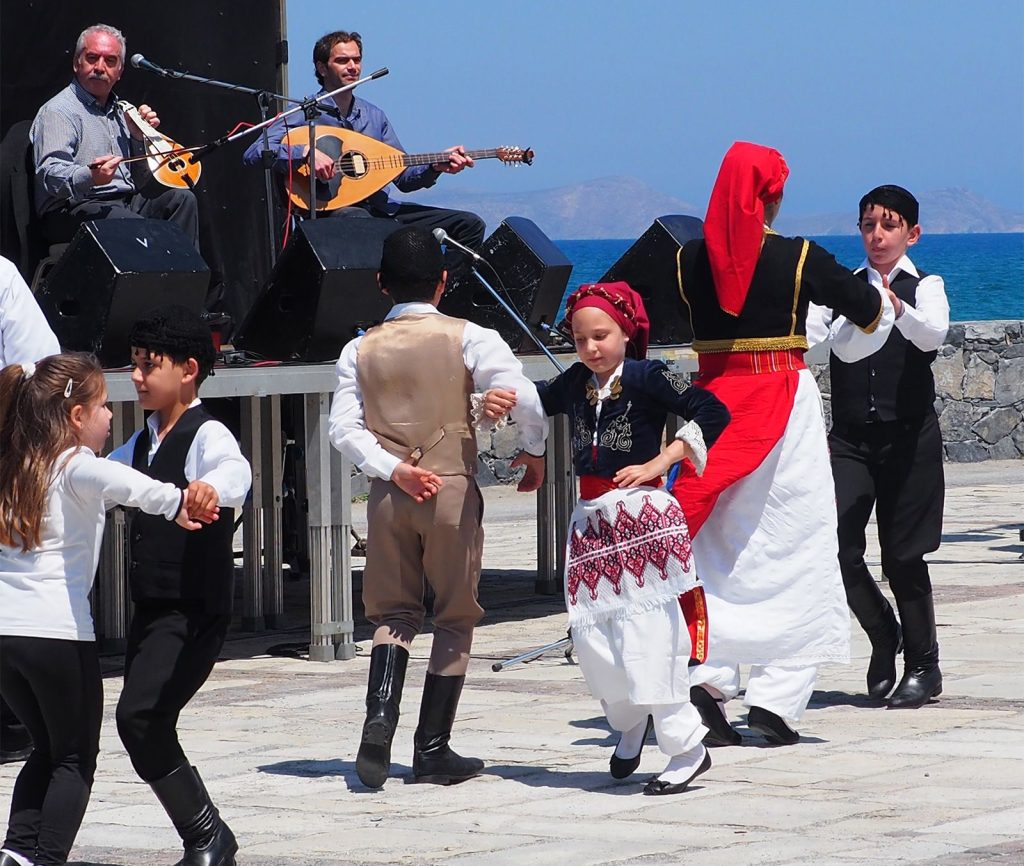
The Transition to Structured Complexity
As societies developed, so too did their musical expressions. The classical development of music marked a significant shift from informal, communal styles to more refined, structured compositions. This period saw the rise of orchestras and composers who meticulously crafted sounds to convey intricate emotional narratives. The late 17th to 19th centuries highlighted the contributions of powerful figures such as Johann Sebastian Bach and Ludwig van Beethoven, who introduced innovative techniques and expanded the boundaries of musical form. Today, we still feel the impact of their work in modern film scores and theatrical performances that rely heavily on orchestral arrangements to evoke emotional responses.
The evolution of jazz and blues in the 20th century represented yet another transformation in the realm of music. Emergent from African American communities, these genres broke away from structured forms and embraced improvisation as a cornerstone of artistic expression. Jazz artists like Ella Fitzgerald and Miles Davis showcased their unique interpretations through spontaneous performance, creating a dynamic connection with their audiences. Meanwhile, the blues articulated personal and collective hardship, using raw, emotional storytelling. The lyrical depth of blues vocalists like Billie Holiday and Muddy Waters became a powerful voice for those longing for recognition and change in a tumultuous socio-political landscape.
Rising Genres and Cultural Reflections
As we ventured into the late 20th and early 21st centuries, modern genres such as rock, hip-hop, and electronic music began to redefine the sonic landscape. Rock music, propelled by iconic acts like The Rolling Stones and Nirvana, not only transformed the music scene but also influenced youth culture and social norms. This genre became a form of rebellion, exploring themes of freedom and individuality. Hip-hop arose as a profound narrative vehicle for marginalized voices, encapsulating stories of struggle and resilience through rhythmic beats and insightful lyrics. Artists like Kendrick Lamar and Nicki Minaj leverage their platforms to advocate for equity and social justice, showcasing music’s power to instigate cultural dialogue.
The evolution of music continues to reflect the intricate tapestry of human experience, adapting and responding to societal shifts. As new genres emerge and old ones reinstate their relevance, music remains a vital form of creative expression that not only entertains but also inspires change, connects communities, and builds bridges across diverse cultures.
The Evolution of Music as a Form of Creative Expression
The journey of music as a form of creative expression is both rich and diverse, reflecting the cultures and societies that shaped it. From primitive rhythms to complex melodies, each era of music history has introduced new techniques, instruments, and interpretations that reflect societal changes and technological advancements. The development of musical genres over time illustrates the dynamic nature of human creativity.
One significant transformation in music is the impact of technology, which has not only changed how music is produced but also how it is consumed. The invention of instruments like the piano and electric guitar, and later the synthesizer and digital audio workstations, allowed artists to explore new soundscapes. This technological evolution has breathed new life into traditional forms, leading to the emergence of genres like electronic music and hip-hop, which defy the conventional boundaries of musical creativity.
Furthermore, the globalization of music has led to an intriguing fusion of styles, with artists drawing inspiration from different cultural backgrounds. This cross-pollination has fostered a rich tapestry of sounds that is increasingly accessible to audiences worldwide. Genres like Reggaeton, K-Pop, and Afrobeat have gained international popularity, highlighting the unifying power of music as a mode of expression that transcends geographical and cultural divides.
Lastly, the role of music in social movements cannot be overlooked. From protest songs to uplifting anthems, music has served as a powerful tool for change and solidarity. The integration of personal narratives within music creates a strong emotional connection, allowing artists to communicate messages of hope, resistance, and identity. As we explore the evolution of music, it becomes clear that it is not just an art form but a vital aspect of human expression that continues to adapt and thrive in our ever-changing world.
| Category | Advantages |
|---|---|
| Technological Advances | Enhanced production capabilities and new genres. |
| Cultural Fusion | Creation of diverse musical styles and broadened artistic perspectives. |
| Social Impact | Empowers movements and unites communities through shared expression. |
As we delve deeper into these themes, we gain a better understanding of music’s enduring role as a pivotal medium for creative expression. Each element contributes to an evolving narrative, inviting listeners and creators alike to engage in this continuous dialogue of sound and meaning.
DISCOVER MORE: Click here to dive deeper into the evolution of digital art
The Role of Technology in Musical Advancement
The evolution of music as a form of creative expression has been significantly shaped by advancements in technology. In the 20th century, innovations such as the phonograph and radio transformed how music was distributed and consumed. These technologies allowed for the proliferation of musical styles beyond geographical limitations, birthing a globalized music culture. By making recordings accessible, artists from various backgrounds could reach wider audiences, facilitating cross-cultural exchanges that enriched the musical landscape.
As we ushered into the digital age, the advent of the internet further revolutionized the music industry. Platforms like Spotify, YouTube, and social media provided artists with an unprecedented means to distribute their work while cultivating direct connections with fans. This democratization of music has allowed independent musicians to flourish without the backing of major record labels. Artists such as Chance the Rapper gained critical acclaim and commercial success primarily through digital releases, epitomizing the shift towards a more equitable music industry in which talent prevails over corporate backing.
The Fusion of Genres and Global Influences
Technology has also influenced the way in which genres have fused and evolved. The advent of digital production tools has enabled artists to experiment with sounds that were once thought to be incompatible. Contemporary music embodies this eclecticism, with genres like reggaeton and K-pop blending elements of hip-hop, electronic, and traditional music, creating new soundscapes that resonate worldwide. Artists such as Bad Bunny and BTS, through their unique styles, showcase how cultural influences can merge into something fresh and innovative, attracting loyal fan bases across different demographics.
Moreover, the East Coast and West Coast hip-hop rivalry, which emerged in the 1990s, illustrates the dynamic interaction between regional sounds and lyrical storytelling. Artists like The Notorious B.I.G. represented the gritty narrative style of East Coast hip-hop, while Tupac Shakur epitomized the emotive, reflective quality of West Coast styles. Their music mirrored the socio-economic disparities and cultural identities specific to their regions, paving the way for future hip-hop artists to address similar themes while incorporating global influences.
The Evolution of Live Performances
Live performances have also transformed dramatically due to advancements in technology. In the past, musical performances were often intimate gatherings, but today, concerts are grand spectacles, incorporating elaborate stage designs and high-tech lighting. This evolution not only enhances the audience’s experience but also allows artists to create immersive environments that engage multiple senses, making the performance a holistic form of creative expression. Festivals such as Coachella and Lollapalooza have turned into multi-day events that celebrate diverse musical styles while fostering a sense of community among attendees.
Furthermore, the rise of live-streaming platforms has revolutionized how performances reach audiences. Artists can now broadcast their shows to fans worldwide in real-time, breaking the barriers of physical attendance and allowing for instant global interaction. The impact of live-streamed concerts surged dramatically during the COVID-19 pandemic, when traditional venues closed, yet artists still found ways to connect with their audiences through digital means. This resilience and adaptability highlight the essential role of music as a unifying force in challenging times, illustrating its continuous evolution as a powerful form of expression.
DISCOVER MORE: Click here to delve into the transformation of creativity
Conclusion: The Ever-Changing Landscape of Music
In summary, the evolution of music as a form of creative expression reflects a dynamic interplay between technological advancements, cultural influences, and the desire for connection. From the groundbreaking innovations of the phonograph and radio, which reshaped distribution, to the contemporary digital platforms that empower artists and democratize access, technology has continually redefined how music is created, shared, and experienced. The fusion of diverse genres demonstrates a willingness to explore new creative territories, fostering an environment of continual innovation where artists like Bad Bunny and BTS bring global sounds to the forefront.
Moreover, the transformation of live performances has shifted from intimate gatherings to grand visual spectacles, enhancing the audience’s engagement and establishing music as a multi-sensory experience. The rise of live-streaming has further bridged gaps, ensuring that fans can connect with their favorite artists, regardless of location. This adaptability underscores the resilience of the music industry, proving that it can thrive even in times of crisis, such as during the COVID-19 pandemic.
As we look to the future, it’s essential to recognize the potential for further evolution within this art form. The ongoing interaction between technology, cultural shifts, and creative expression might give rise to entirely new genres and methods of artistic communication. Therefore, the journey of music as a form of creative expression continues to unfold, offering limitless opportunities for exploration and innovation that encourage us to engage deeply with the soundtracks of our lives.
